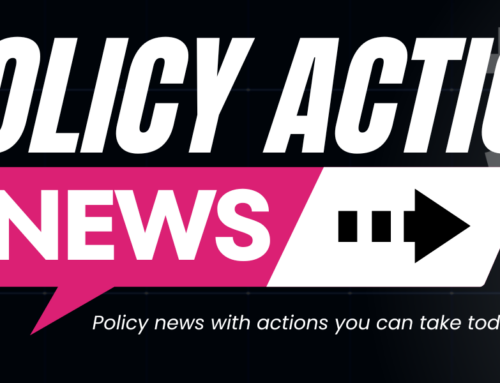- remove judgement by providers and REQUIRE they test ALL of their patients;
- partner with the American Medical Association and state Health Departments to provide training for all Primary Care providers so they can provide safe, competent, and accepting medical information and support before and after an HIV test;
- ensure Linkage to Care programs are accessible and compassionate; and finally,
- acknowledge that while HIV stigma and discrimination is alive and well, we can all be a part of the solution.
By Barb Cardell, PWN-USA Board Chair
The world of HIV looks very different today than it did when I first tested positive back in 1993. Trust me: That is a very, very good thing.
In 1993 there were “high-risk populations” that should get tested, and then there were the rest of us. I did the self-assessment (found in the Sunday paper) and determined that I was low risk. So low risk in fact that my doctor wouldn’t test me, even when I asked for a test.
In the early 1990s, women weren’t tested for HIV, they weren’t diagnosed with HIV; they just died of AIDS. It was only by fate that I found out I was HIV+ before I was really sick.
I had several gay friends and I knew they had been “popular” and hadn’t protected themselves as well as they could have. I went in for moral support when they finally decided to test. I discovered that they were all considered high risk so their test was free. Me? Super low risk, had to pay. But, fortunately I did and the rest, as they say, is HERSTORY.
It is with this personal experience in mind that I write about the full implementation of the US Prevention Services Task Force recommendation for HIV screening in April 2013. “The USPSTF recommends that clinicians screen for HIV infection in adolescents and adults aged 15-65 years.” This recommendation was given an A grade. Medical providers are encourage to make an HIV test a standardized part of care, and insurance companies are required to reimburse if the test is performed as part of a routine checkup.
This is the recommendation from the Feds, but what we see on the ground and in the clinics is different. According to a study released during IDWeek in 2012, 91% of patients who met the criteria for testing were not asked about HIV screening. A reluctance on the part of doctors and other medical providers to talk to their patients about HIV testing: too busy; thought the test wasn’t medically relevant; or believed their patient was not at risk. This is unacceptable, especially when we hope to stop the spread of new HIV cases.
So, in honor of National HIV Testing Day, what we need to do is:




